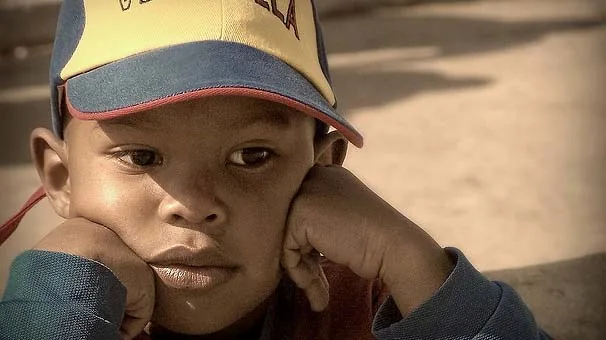
Source: KQED
In the last five years, 200,000 migrant youth have crossed the US-Mexico border to flee dangerous conditions related to gangs in Central America. Many of them have ended up in an equally difficult situation.
These children, who are often not traveling with a parent, are captured by Immigration and handed over to the Office of Refugee Resettlement (ORR) in the US Department of Health and Human Services. Here, they are either placed in temporary housing situations through foster care, shelters funded by the ORR or with sponsors, but many times – about 700 of them annually – are placed in juvenile detention.
It is up to the ORR to determine when they will released and to whom, and often these decisions are made in private meetings based on assessment or simply informed by those who detained the children initially – ie. Immigration. In many cases the status of their release is unknown by the children themselves and their families, which can result in months of waiting, and hardship or emotional damage for being separated from their families.
Children do not have the capacity to negotiate their placement nor release in court, and, lawyers say, their rights are not protected and inadequately represented. The head of the ORR claims that children are evaluated for health and mental well-being on a monthly basis. However, living conditions for these youths are “jail like,”a KQED reporter claims, with concrete bunks, tiny sky windows and heavy metal doors — a place they cannot leave until the ORR decides so.
Read full story at: KQED
